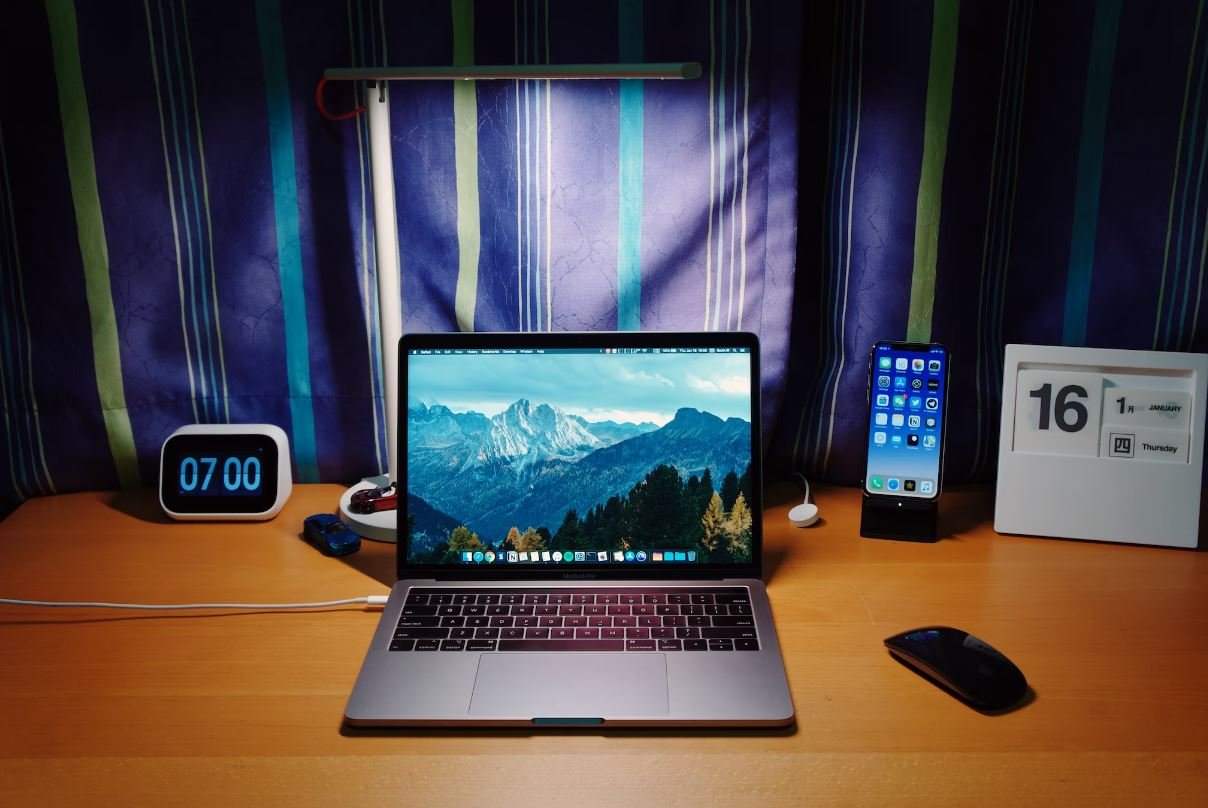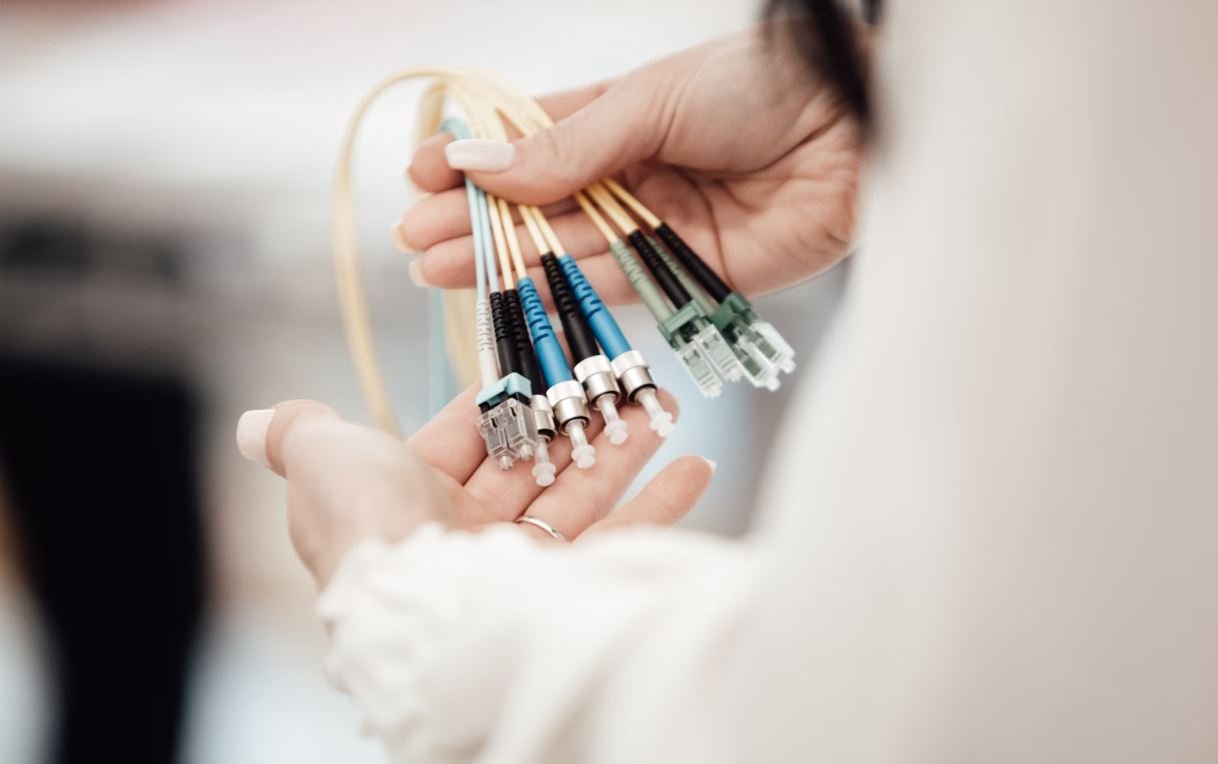Make App Icon
Do you want your app to stand out among the thousands of others in the app store? One crucial element that can make a significant impact is the app icon. The app icon serves as the first impression users have of your app and can influence their decision to download it. In this article, we will explore the importance of a well-designed app icon and provide tips on how to create an eye-catching one that reflects your app’s essence and attracts users.
Key Takeaways:
- A well-designed app icon is crucial for attracting users and making your app stand out in the app store.
- Consider your target audience and the app’s core features when designing the icon.
- Use bold, clear, and simple graphics to make your app icon easily recognizable.
- Create variations of your app icon for different platforms and devices.
- Test your app icon with potential users to gather feedback and make necessary improvements.
The Impact of a Great App Icon
An app icon plays a significant role in making your app stand out from the crowd. It is the face of your app and the first visual element users encounter when browsing through the app store. A well-designed app icon can catch the user’s attention and pique their curiosity, increasing the likelihood of them exploring your app further. It also helps in building brand recognition and establishing a visual identity for your app amidst competitors.
Remember, a great app icon can be the deciding factor for a user to choose your app over others.
Designing an Eye-Catching App Icon
When designing your app icon, keep in mind the target audience and the core features of your app. The icon should reflect the essence of your app and provide a glimpse into its functionality. Your app icon should be unique, recognizable, and visually appealing.
Here are some tips to help you create an eye-catching app icon:
- Keep it simple: Use bold, clear graphics that can be easily recognized, even in small sizes.
- Choose relevant imagery: Select visuals that represent the core features of your app.
- Use consistent branding: Incorporate your brand colors, typography, and other design elements to establish a cohesive visual identity.
- Consider platform guidelines: Each platform (iOS, Android, etc.) has specific icon design guidelines. Familiarize yourself with these guidelines and create variations of your icon accordingly.
- Gather feedback: Test your app icon with potential users and gather feedback to make necessary improvements.
An eye-catching app icon is like a window into your app’s world, enticing users to explore further.
Examples of Successful App Icons
To illustrate the impact of a well-designed app icon, let’s take a look at some successful examples:
| App | Icon |
|---|---|
| Spotify |
These icons are simple, easily recognizable, and represent the respective app’s core features. They stand out in the app store and are instantly associated with their respective brands.
Creating Icon Variations for Different Devices
It’s important to optimize your app icon for different devices and platforms to ensure a consistent and high-quality user experience. Different devices may have varying display resolutions and sizes, so creating variations of your app icon can help it look its best on each device.
Consider creating multiple icon sizes for iOS devices, following the Apple Human Interface Guidelines, and adapting your app icon for different Android devices, taking into account the Google Material Design guidelines.
The Importance of Testing and Iterating
Once you have designed your app icon, it’s essential to gather feedback from potential users and iterate if necessary. Testing your app icon with a focus group or conducting user surveys can provide valuable insights and help you make improvements that align with user preferences.
Remember, the app icon is a vital part of your app’s success, and continuous refinement based on user feedback can ensure it remains effective and visually appealing.
Always seek feedback and iterate to improve your app icon for maximum impact.

Common Misconceptions
Paragraph 1: Misconception 1
There are several common misconceptions people have about this topic. One of these is that it is very difficult to get started. However, this is not true as there are plenty of resources available online that can help beginners get started easily.
- There are many online tutorials and guides available for beginners.
- There are user-friendly software and tools that simplify the development process.
- Getting started does not require extensive programming knowledge.
Paragraph 2: Misconception 2
Another misconception is that only tech-savvy individuals can create app icons. While having technical skills can be beneficial, it is not a prerequisite for creating app icons. With the availability of intuitive icon design software, anyone can design stunning icons with little to no coding knowledge.
- Icon design software comes with pre-designed templates that can be customized easily.
- You can find online platforms that offer guidance and tutorials for designing app icons.
- Designing app icons primarily relies on creativity and visual sense rather than coding skills.
Paragraph 3: Misconception 3
A common misconception is that app icons have to be flashy or overly complex to be effective. This is not true as simplicity and clarity are often key factors in creating successful app icons. Many popular and successful apps have simple yet memorable icons that are easy to recognize.
- Simple and clean app icons often stand out and are more memorable.
- An overly complex app icon can be overwhelming and difficult to understand at first glance.
- Keeping the design clean and simple ensures better visibility and recognition across different devices and platforms.
Paragraph 4: Misconception 4
People often think that app icons don’t require much thought or effort. However, app icons play a crucial role in attracting users and making a strong first impression. Investing time and effort into designing a well-thought-out and visually appealing app icon can greatly contribute to the success of an app.
- A carefully designed app icon can create curiosity and interest among potential users.
- An eye-catching app icon can help differentiate an app from its competitors.
- Poorly designed app icons may give the impression of unprofessionalism and lack of quality.
Paragraph 5: Misconception 5
Lastly, some people assume that app icons have no impact on the overall user experience. This is far from the truth as the app icon is the first point of contact for users and can influence their decision to download and use the app. A well-designed app icon can create a positive user experience from the very first interaction.
- An attractive app icon can create positive brand perception and trust.
- A well-designed app icon can enhance the overall user interface and make navigation easier.
- App icons with good visual representation of the app’s functionality can set user expectations and improve user satisfaction.

Popular App Icons and their Design Elements
The following table showcases popular app icons and highlights the key design elements that make them visually appealing and memorable.
| App Icon | Main Design Element |
|---|---|
| Spotify | Distinctive sound wave graphic |
| Blue square with stylized white “f” | |
| Blue bird silhouette in flight | |
| Camera lens with vibrant colors | |
| Phone receiver on a green background |
Mobile App Icons’ Color Palette Choices
This table explores the color palettes used in various mobile app icons, showcasing their impact on user perception and brand identity.
| App Icon | Color Palette |
|---|---|
| Uber | Black and white |
| Google Maps | Red, green, yellow, and blue |
| Netflix | Red and white |
| Blue and white | |
| TikTok | Black and pink |
Shapes in App Icons and their Symbolic Meanings
This table investigates the use of shapes in app icons and the symbolic meanings they convey to users.
| App Icon | Shape | Symbolic Meaning |
|---|---|---|
| Snapchat | Ghost | Playfulness and transience |
| YouTube | Play button | Engagement and video content |
| Pin | Inspiration and discovery | |
| Shazam | Soundwave | Music identification and discovery |
| Slack | Hashtag | Team collaboration and communication |
Typography Choices in App Icons
This table delves into the typography choices made by app designers for their icons and their impact on brand recognition.
| App Icon | Typography |
|---|---|
| Amazon | Distinctive lowercase “a” with arrow |
| Customized, rounded, and bold text | |
| Netflix | Modern and sans-serif typography |
| Google Drive | Simple and clean serif font |
| Spotify | Compact and stylized uppercase letters |
App Icon Background Styles and Effects
This table explores various background styles and effects used in app icons to create visual interest and enhance usability.
| App Icon | Background Style/Effect |
|---|---|
| Gmail | Gradient colors |
| Snapchat | Transparent background |
| Wooden texture | |
| Chrome | Glossy and 3D effect |
| SoundCloud | Sunset background |
Icons’ Evolutions: Major Changes Over Time
This table showcases the evolution of app icons over time, highlighting the major design changes and trends.
| App Icon | Initial Design | Current Design |
|---|---|---|
| Simple blue square | White “f” on blue square | |
| Brown camera graphic | Colorful camera lens | |
| Colorful bird facing right | Blue bird facing right | |
| Black “in” on white rectangle | Blue “in” on white rectangle | |
| Green speech bubble | Phone receiver on green background |
App Icon Size Comparison
This table compares the sizes of different app icons, highlighting their dimensions in pixels for various devices.
| App Icon | Device | Dimensions (in pixels) |
|---|---|---|
| Spotify | iPhone X | 180 x 180 |
| iPad | 152 x 152 | |
| Android phone | 96 x 96 | |
| Windows PC | 256 x 256 | |
| Apple Watch | 88 x 88 |
Unique App Icon Features
This table highlights unique features found in certain app icons, setting them apart from the rest in terms of design and functionality.
| App Icon | Unique Feature |
|---|---|
| Shazam | Animated soundwave graphic |
| Rotating pin in 3D space | |
| Mimics flipping book pages | |
| YouTube | Red play button with a white triangle |
| SoundCloud | Animated soundwave vibration |
App icons play a crucial role in capturing users’ attention and conveying the essence of an application. Through unique design elements, color choices, shapes, typography, background styles, and animations, app icons build brand recognition and enable users to quickly identify their favorite apps. Understanding the power of thoughtful icon design empowers developers to create visually distinctive and unforgettable icons.
Frequently Asked Questions
1. How do I create an app icon?
Creating an app icon involves designing the icon using graphic design software such as Adobe Illustrator or Photoshop. You will need to consider the dimensions and file format requirements specific to the platform you are targeting. Once designed, you can export the icon in the appropriate format and integrate it into your app’s code or asset folders.
2. What is the recommended size for an app icon?
The recommended size for an app icon can vary depending on the platform and device. However, a commonly used size is 1024×1024 pixels for the highest resolution version. From this, you can generate smaller versions at the required dimensions to ensure optimal display on different devices.
3. Can I use a standard image for an app icon?
No, using a standard image might result in poor visual quality or incorrect scaling when displayed on different devices. It is advisable to design an app icon specifically tailored to meet the platform’s guidelines and requirements for best results.
4. Are there any design guidelines for app icons?
Yes, most platforms have specific design guidelines outlining the requirements for app icons. These guidelines often cover aspects such as size, shape, color depth, transparency, and padding. Adhering to these guidelines ensures consistency, compatibility, and a visually appealing icon for your app.
5. How can I make my app icon stand out?
To make your app icon stand out, consider using unique and recognizable visual elements, colors, or typography that align with your app’s purpose or branding. It is important to strike a balance between being visually appealing and maintaining simplicity, as cluttered icons tend to be less effective.
6. Can I change my app icon after publishing?
Yes, in most cases, you can change your app icon after publishing. However, it is important to follow the platform’s guidelines for updating app icons, as there may be specific procedures or limitations. Additionally, ensure proper testing to avoid any issues or inconsistencies that may arise due to the icon update.
7. How can I test how my app icon looks on different devices?
You can test how your app icon looks on different devices by using software emulators or virtual machines that simulate various device configurations. Additionally, you can install your app on physical devices running different operating systems to verify the appearance and functionality of the icon.
8. Should my app icon match my app’s branding?
While it is not mandatory for the app icon to match your app’s branding exactly, maintaining some consistency can help users recognize your app easily. Consider incorporating elements, colors, or typography that are in line with your app’s branding to establish a connection and reinforce the overall brand identity.
9. Can I copyright my app icon?
Yes, you can copyright your app icon if it qualifies as an original work of authorship. It is recommended to consult with a legal professional specializing in intellectual property to ensure proper protection and guidance for copyrighting your app icon.
10. Is it possible to animate an app icon?
Yes, it is possible to animate an app icon on certain platforms. For example, on some Android devices, you have the option to create adaptive icons that can display animated content. However, it’s important to be aware of the specific platform guidelines and performance considerations when incorporating animations into your app icon.





